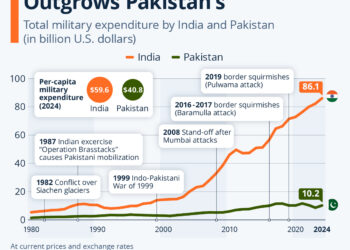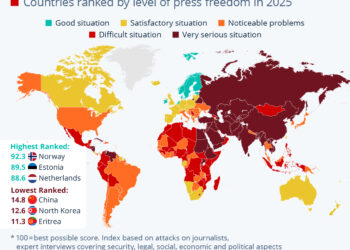Insights into Chinese Exports to the U.S. and the Global Trade Landscape
The trade dynamics between China and the United States are undergoing significant transformations, as highlighted by recent forecasts from the World Trade Organization (WTO). With predictions suggesting a drastic 77% reduction in Chinese exports to the U.S. by 2025, the implications for international trade are profound. This blog explores the factors driving these changes, their anticipated effects on global trading partners, and the evolving landscape of exports.
The Projected Decline of Chinese Exports to the U.S.
According to WTO forecasts, Chinese exports to the U.S. are set to plunge dramatically by 2025. This sharp decline can be attributed to several key factors, including:
- Increased Tariffs: The U.S. has implemented higher tariffs on a range of Chinese goods, leading to reduced competitiveness and market access for Chinese exporters.
- Trade Policies: Shifts in trade policies and negotiations between the two nations have created uncertainty, prompting businesses to reassess their supply chains.
- Domestic Concerns: China’s focus on transforming its economy through domestic consumption and innovation might lead to a reduction in export-oriented activities.
Shifts in Import Patterns for China
Contrasting the expected decline in U.S. exports, Chinese imports from other regions are projected to experience growth. Notably, the following trends are anticipated:
Growth in North America
- Regional Growth: The rest of North America is anticipated to see a robust 25% increase in Chinese imports. This indicates a pivot in trade relations and a diversification of markets as China seeks to reduce its dependence on the U.S.
Emerging Markets
- South America: A 9% increase in Chinese imports from South America highlights the potential for deeper economic ties and collaboration in sectors ranging from agriculture to energy.
- Other Global Markets: Regions such as Europe (excluding the U.S.) and Asia (excluding China) are expected to see modest increases in import activity, ranging between 4% and 6%.
Other Countries Adjusting to Changing Export Dynamics
The consequential drop in Chinese exports to the U.S. is set to create opportunities for other regions. Here’s a closer look at how different areas are expected to respond:
Decreases in Exports from Europe and North America
- Europe: A projected decrease of 8 percentage points in exports reflects the broader challenges faced by European economies in maintaining a foothold in the U.S. market.
- North America: The rest of North America’s anticipated decline of 7 percentage points indicates potential disruptions in trade flows within the region.
South America and the Middle East
- South America: With an expected 4 percentage points decrease, this region faces challenges but also opportunities to expand its presence in alternative markets.
- The Middle East: A lesser decline of 2 percentage points emphasizes the significance of energy exports which continue to be in demand despite shifting trade agreements.
Opportunities for the CIS and Least Developed Countries
Interestingly, some regions stand to benefit from the changing landscape:
- CIS Region: The Commonwealth of Independent States is projected to increase its exports to the U.S., driven primarily by exemptions related to natural resources, showcasing a unique advantage in resource-based industries.
- Least Developed Countries (LDCs): These economies are expected to see more export opportunities in the U.S. market as they pick up some of the slack left by China’s exit, presenting a chance for diversification in U.S. import sources.
Asia’s Emerging Role
Apart from China, Asia as a collective, particularly countries like India and Vietnam, is forecasted to ramp up exports to the U.S., potentially filling the gap created by the decline of Chinese goods. This shift could signal a realignment in trade relations, where countries in the region capitalize on new emerging trade flows.
By delving into these aspects of the current trade landscape, it’s evident that the implications of China’s reduced exports to the U.S. will reverberate globally, offering both challenges and opportunities for various economies. This evolving narrative in international trade is noteworthy for businesses and policymakers aiming to adapt to the changing tides.






